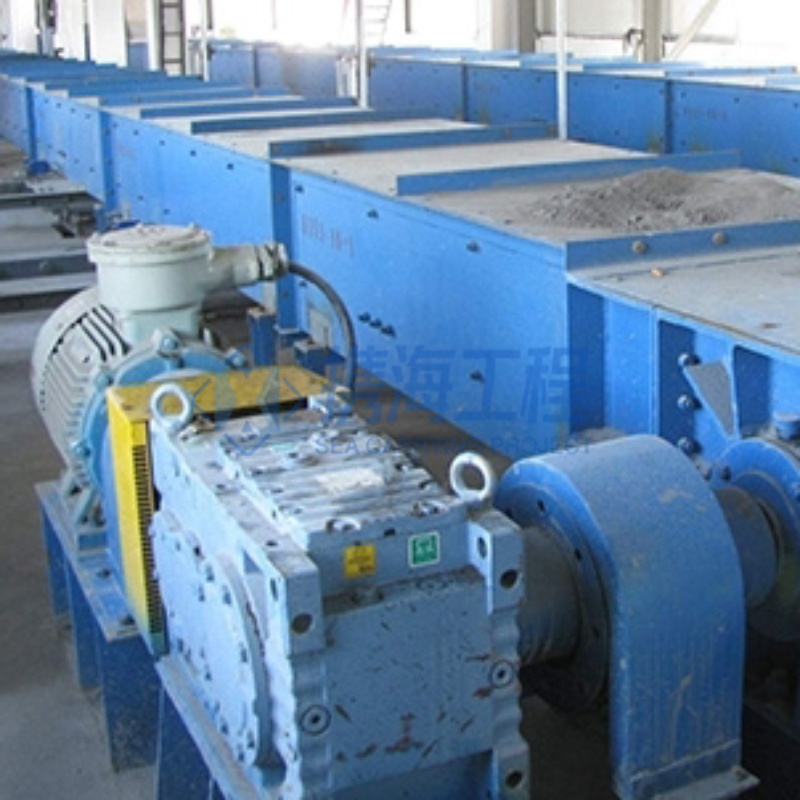Expert of Systematic Overall Solution for Calcium Material Resource Utilization
-
ProductPioneer In Calcium Material Industry Services, Renowned Globally For Exceptional Quality.Marketing & ServiceNational Service Hotline:
-
SolutionEngineering Service Provider Empowering New Technologies For Calcium Carbonate.Marketing & ServiceNational Service Hotline:
-
CaseExperts In Calcium Stone Industry Engineering With A Deeper Understanding Of Craftsmanship.Marketing & ServiceNational Service Hotline:
-
InnovationSurvive By Quality, Develop Through Innovation.Marketing & ServiceNational Service Hotline:
-
BlogsPeople-Oriented, Advocating Technology, Customer First, Win-Win Cooperation.Marketing & ServiceNational Service Hotline:
-
AboutInnovator In Calcium Materials Industry, Global Service Leader.Marketing & ServiceNational Service Hotline:
Essential Guide to Dust Removal Equipment for Industrial Applications
Nov 12,2025

Dust removal equipment encompasses a variety of systems designed to capture, filter, and eliminate airborne particulates. Common types include baghouse filters, cyclone separators, and electrostatic precipitators. Each type of equipment has its unique advantages, designed to tackle different kinds of dust and operational requirements.
Baghouse filters are among the most widely used dust removal solutions in industries that generate fine particulate matter. These systems utilize fabric filters to capture dust particles as air passes through, allowing for the efficient collection of debris without losing airflow. The collected dust can often be reused or disposed of, which adds to the economic value of this equipment.
Cyclone separators operate on a different principle. They use centrifugal force to separate dust particles from the air stream. As the air enters the cyclone, it is forced into a spiral pattern, causing heavier particles to be flung outward and collected in a hopper. This method is highly effective for larger dust particles and is often used as a pre-filter before the air reaches finer filtration systems.
Electrostatic precipitators (ESPs) are advanced dust removal systems that utilize electric fields to charge dust particles, which then stick to collector plates, allowing clean air to exit. These systems are particularly efficient for very fine particles and are commonly employed in industries such as power generation and metal smelting.
When selecting dust removal equipment, several factors should be considered. The type of dust, its size, and the volume of air that needs to be filtered are all critical in determining the appropriate system. Additionally, energy efficiency, maintenance requirements, and the overall cost of ownership should be evaluated to ensure that the selected equipment meets operational demands without exceeding budgetary constraints.
Furthermore, regular maintenance and monitoring of dust removal systems are essential to ensure optimal performance. Filters should be replaced or cleaned as needed, and equipment should be inspected to prevent malfunctions. Training employees on the importance of dust management and the proper use of equipment can significantly enhance workplace safety.
In conclusion, investing in the right dust removal equipment is crucial for any industrial operation aiming to maintain a clean, safe, and efficient environment. By understanding the various options available and their respective advantages, businesses can make informed decisions that benefit both their operations and their workforce.
Previous article
COOKIES
Our website uses cookies and similar technologies to personalize the advertising shown to you and to help you get the best experience on our website. For more information, see our Privacy & Cookie Policy
COOKIES
Our website uses cookies and similar technologies to personalize the advertising shown to you and to help you get the best experience on our website. For more information, see our Privacy & Cookie Policy
These cookies are necessary for basic functions such as payment. Standard cookies cannot be turned off and do not store any of your information.
These cookies collect information, such as how many people are using our site or which pages are popular, to help us improve the customer experience. Turning these cookies off will mean we can't collect information to improve your experience.
These cookies enable the website to provide enhanced functionality and personalization. They may be set by us or by third-party providers whose services we have added to our pages. If you do not allow these cookies, some or all of these services may not function properly.
These cookies help us understand what you are interested in so that we can show you relevant advertising on other websites. Turning these cookies off will mean we are unable to show you any personalized advertising.
Telephone
Company Address
Weier Business 801, No. 92 Huai'an East Road, Yuhua District, Shijiazhuang City, Hebei Province






